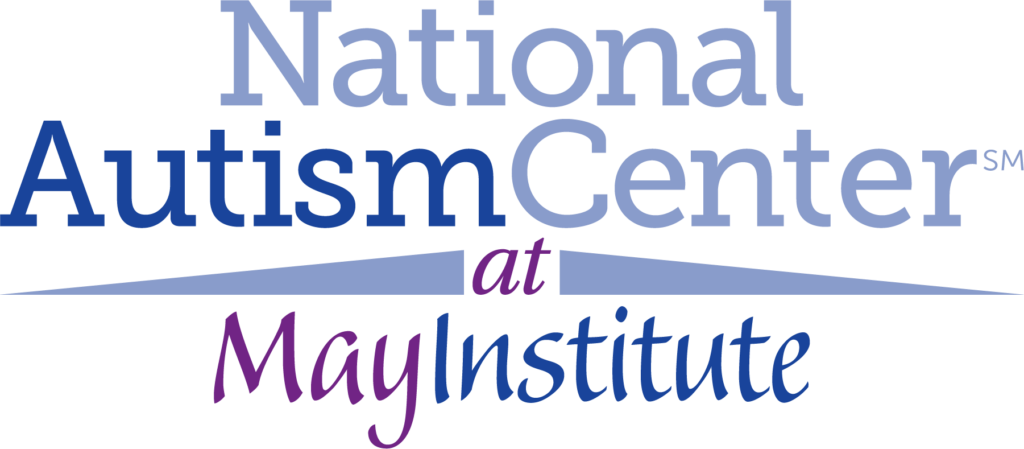Recent posts
Your Child’s Values and Preferences
Parental involvement is important, but your child should also have a voice in his educational, medical, and treatment planning and implementation. As long as your child can meaningfully participate in any way, he should be involved in IEP meetings, discussions with therapists and physicians, and selection of additional programs and supports.
Not all individuals on the autism spectrum are capable of actively making decisions about their treatment, but there is a danger in assuming all children with ASD are unable to help identify treatment strategies and targets. Many children with ASD may have strong preferences about which interventions they do or don’t prefer. Ensuring individuals with ASD can participate in the treatment process by sharing their values and preferences provides them with opportunities for developing social skills, independence, and self-advocacy skills.
You should frequently ask your child about her feelings or thoughts regarding treatment, medication, and other activities. You can use the Autism Spectrum Disorders–Student Participation Questionnaire to gather information from older children (or those with strong communication skills) regarding their treatment needs and goals (link to form). If your child is not able to answer such questions directly, pay attention to her behaviors during treatment; they may provide a clue about her values and preferences.
But remember, therapy is hard. Most of us would prefer not to do the hard work that’s required to make real progress. Sometimes, children with ASD only know that the current situation is difficult for them. Your child may actually seem happier when using a treatment that does not have sufficient research support. Make sure you assess not only your child’s expressions, but also her progress so you can make the best decisions. There may be times where she prefers not to receive a treatment but, after discussion with the therapist and your evaluation of the data, you determine that the hard work will be worth it for your child in the long run.

